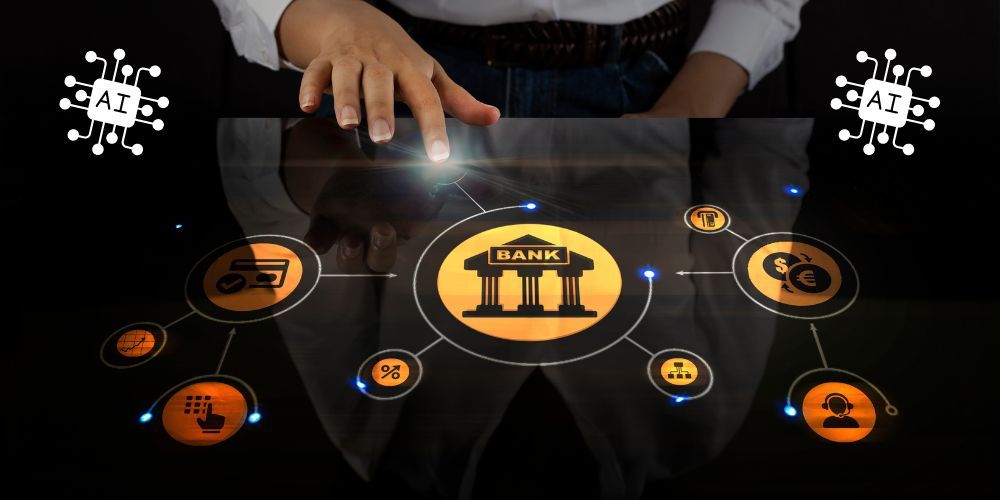Hybrid project management: what is it and how to use it in practice?

I have been developing the FlexiProject project and portfolio management software for several years. I asked one of the developers when he expected them to finish work on the reporting module. He replied with disarming honesty that he didn’t know because “we work in scrum, and in scrum, there are no deadlines after all – when they finish it, you will know.” This may be an extreme example, but it is not far removed from reality.
“We work in scrum, and in scrum, there are no deadlines after all.”
Quite often, regardless of whether we work with agile or traditional methodologies, we have problems with delivering project results on time. Yet, many projects need to be finished on time. If a company knows it has to deliver a new product in time for an international trade fair on a specific date, it will be a big problem if the project is delayed. Work in virtually every organization has to be based on some deadline. Company management cannot afford to ‘freestyle’ what it will be when it will be. For these and other reasons, Hybrid Project Management is becoming an increasingly common trend in project management.
What is Hybrid Project Management?
As the name suggests, Hybrid Project Management is a clever combination of two (theoretically, you can do more) project management methodologies to deliver a single project. In practice, the most common methodologies are agile and traditional waterfall. This means that some of the project work involving both project planning and execution is done in one process and some in the other.
How do you work in practice using a hybrid approach?
You need to develop a project schedule to complete the project successfully and give stakeholders the feeling that you control the project and its key dates. Then, it is worth validating it as a project baseline plan. The classic waterfall method is very well suited for this. Using it, we can develop a high-level project plan detailing the main project phases, milestones, and significant tasks. The individual project tasks should have defined start and end dates, responsible persons, and designed interrelationships. A schedule developed in this way shows a picture of the main activities that need to be carried out in the project. If the project stakeholders accept such a plan, the project team can start dividing large tasks into sprints, create backlogs, etc., i.e., go into agile mode. But there is no longer a situation of ‘no deadlines’ because major deadlines have been defined in the master schedule. It is also worth noting that only a specific part of the project can be carried out with agile methods and the rest with classic methods. The following paragraph will discuss a practical example of implementing a project in a hybrid way.
Development and implementation of a new product using a hybrid approach – example
A medical device company has decided to build and market an innovative device for rapid testing of human blood composition. The main phases that this particular project may consist of are outlined below:
- analyzing the market and building a business case for the project
- developing a project plan
- write the software
- designing the electronics and the physical device
- building a prototype analyzer
- testing of the analyzer in selected laboratories
- presentation of the analyzer at international fairs
- development of marketing and sales strategy
- launch of mass production of the device
- commencement of equipment sales on the market
Analyzing the above project implementation concept, it can be seen that, in principle, only phases 3 and 4 should be implemented using agile methodologies, and all others use a traditional approach to project planning and implementation.
What tools to use to plan and implement a hybrid project?
There are few tools available on the market that allow you to work simultaneously in both agile and hybrid methodologies efficiently and effectively. Therefore, a practical approach is to use a different tool for traditional method project delivery and another for agile method delivery. In such an approach, it is crucial to ensure that such software can be integrated to control project planning and execution effectively. One software that is very common, especially among development teams for the implementation of projects using agile methods, is Jira. FlexiProject, on the other hand, is a project and portfolio management program with an interestingly designed mechanism to integrate with Jira. FlexiProject allows you to manage a project holistically and in particular to:
- describing the project in a project charter
- development and approval of the project plan
- project budget management
- project risk management
- project resource management
- project portfolio management
- managing changes to the project plan during project execution
- effective reporting on project status

Schedule in FlexiProject
In this approach, the company’s management and the Project Management Office effectively control the entire project, and the development teams work using agile methodologies. In this way, the whole project is managed correctly, and everyone works in an efficient and comfortable tool.
What are the advantages of waterfall versus agile methodologies?
The main advantages of the waterfall methodology:
- allows the entire project to be planned
- project documentation is valuable
- ideal for projects where the final product and project flow can be planned
Main advantages of agile methodologies:
- It is a much more flexible methodology compared to a waterfall
- better for projects where it is challenging to design the end result in advance, and even such design may be ineffective
- allows continuous process improvement
- feedback from the project client is valuable
Waterfall vs. agile methods-it doesn't have to be a choice
We can get the best of both worlds by using traditional waterfall and agile methods simultaneously. The waterfall method offers us the creation of a schedule that gives us a sense of the scope of the project and its timing. On the other hand, the agile methodology gives us flexibility and the ability to take an iterative approach to creating innovative project elements. In addition, agile methods are less prevalent in organizations than waterfall, which means that boards expect to talk and report in a ‘language they understand,’ which is much more often the traditional language based on the waterfall.








